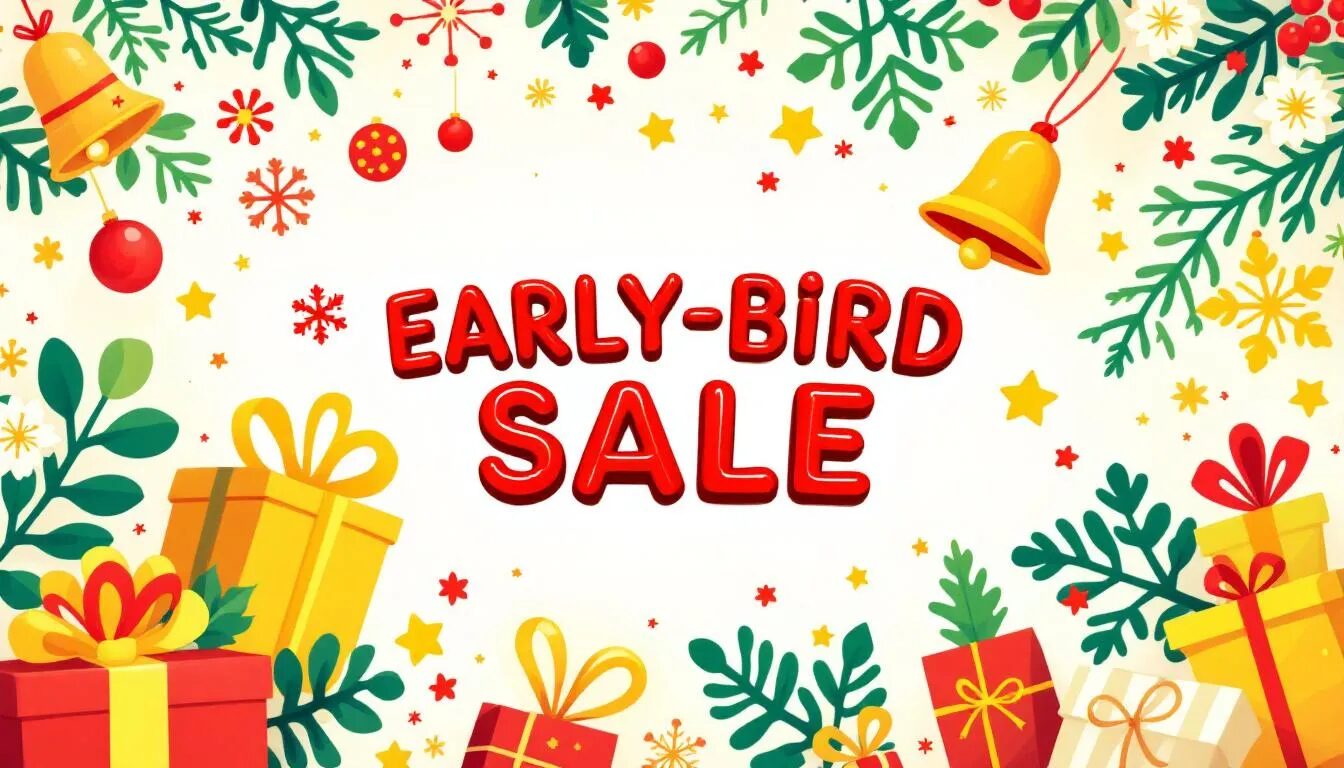
4 Steps to Creating Advantageous Advertorials
If you’ve ever found your Internet browsing disturbed by a pop-up or flashing display ad, you already know that engaging content is much more likely to pique your interest than something that’s interruptive. But because only a small portion of your clients or prospects read your blog or visit your website, it sometimes takes a little bit more to reach them where they are.
Enter advertorials, a type of content marketing that is seamlessly interwoven into the editorial content of news sites, or even print media. Although advertorials are clearly labeled as such, both for legal reasons – as mandated by the Federal Trade Commission (FTC) – and ethical ones, research shows that readers are as engaged with native ads as with pure editorial content.
Advertorials, also known as native ads, are viewed more than four times as often as banner ads, according to IPG Media Lab. Advertorials also build brand loyalty and improve purchase intent.
Many people consider advertorials, native advertising and so-called “branded content” as synonymous, but according to Reuters’ Felix Salmon, there is a slight difference – “native content tends to aspire more to going viral” and to win social media shares by readers. Aside from occasional controversial ads, or particularly interesting super bowl ads, readers sharing ads is a rare phenomenon. Advertorials or native advertising, when done appropriately, has much more viral lift. Consider Virgin Mobile’s content on BuzzFeed, or Netflix’s “Orange is the New Black” infographic in The New York Times. These native ad examples are both highly shareable.
Ready to get started? Check out these four tips we’ve come up with to help you navigate the process.
1. Find a good fit
A sponsored post from the Church of Scientology in the Atlantic is one classic example of an advertorial gone wrong. On the other hand, IBM’s native content in the same magazine fared much better because it matched both the design and the type of editorial content typically seen in the magazine.
Basically, the trick is to pick a publication that will resonate with the message you’d like to send out, or the type of content you’re interested in creating. Take a look at the types of newspapers, magazines and websites your prospects are already consuming. One of those may well be a great fit. Just make sure that readers know your content is paid, even if it’s very similar to the editorial content on the site … which brings us to the next tip.
2. Make sure your ads are clearly labeled as such
The FTC requires all content paid for by a business or brand to be disclosed as such. Of course, you’ll want your content to be well-written, engaging and similar in tone to the editorial articles surrounding it. However, it still needs to be clearly and conspicuously labeled as an advertisement.
The International Advertising Bureau (IAB) has the following recommendations for native advertising: “Use language that conveys that the advertising has been paid for, thus making it an advertising unit, even if that unit does not contain traditional promotional advertising messages.” In addition, IAB states: “… be large and visible enough for a consumer to notice it in the context of a given page and/or relative to the device that the ad is being viewed on.” Native ads that don’t fit these stipulations can create distrust from readers.
3. Stop selling
It’s worth repeating that the purpose of native advertising is very different from that of a display or banner ad. Think of advertorials more like blog posts, where your goal is to actively engage readers and build brand recognition. Native ads should provide value to readers, whether they choose to purchase a product or service or not. The more they get out of it, the more favorably they will view your brand.
Sometimes it’s best to work with a freelance writer rather than an on-staff copywriter who’s better versed in creating marketing copy rather than telling stories. However, versatile copywriters and marketers can oftentimes create an advertisement one day and what would read more like an article the next. Just make sure the focus is on creating highly remarkable content that’s valuable in its own right, rather than content with a call to action that’s similar to what would be a call to action in a bonafide advertisement.
4. Consider promoting content on social media
If you don’t have the budget to use native ads on a website or in a newspaper or magazine, or just want to tip your toe in before taking the plunge, consider reaching clients and prospects by promoting your own blog content on social media through services such as sponsored Tweets, promoted Facebook posts, Promoted Pins, or sponsored updates on LinkedIn.
For best results, just make sure to follow the guidelines above, and provide truly valuable content rather than a pure advertisement. Readers are much more likely to click through to an article, blog post, infographic or video than to a storefront or landing page.
Have you tried native advertising or paid content? How well does it work for you? Share with us below.
Craving more marketing tips and advice? Get the VR Buzz delivered daily to your inbox.
© 2014, Contributing Author. All rights reserved.




